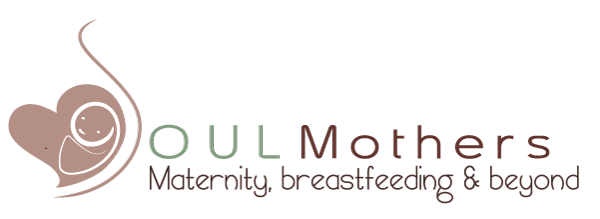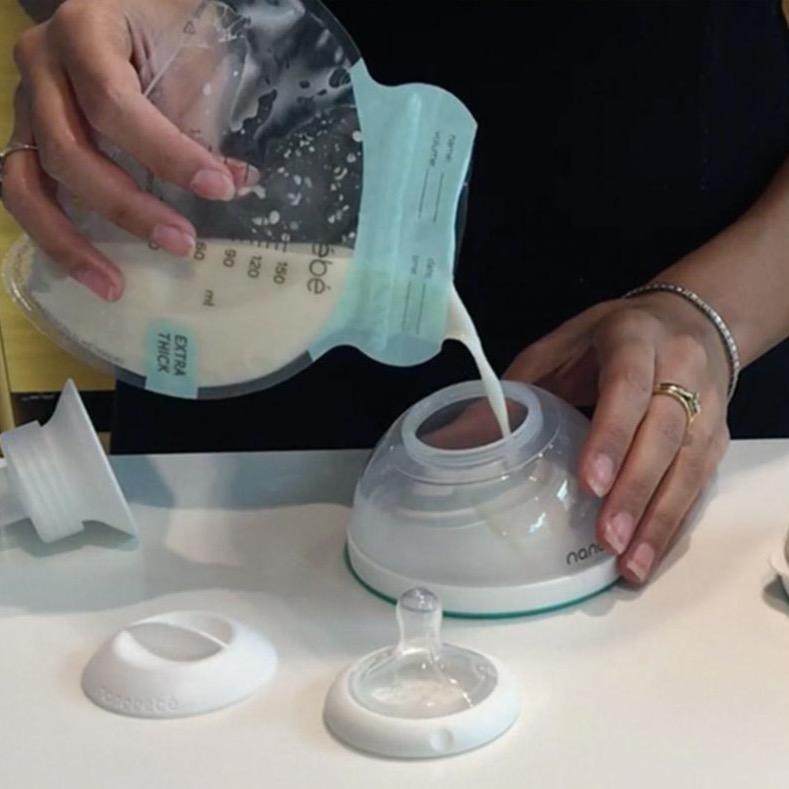Expressing & Bottle Feeding
Thawing and warming expressed breastmilk
Thawing and warming expressed breastmilk
Thawing and warming expressed breastmilk correctly is important for maintaining the nutrients in your liquid gold. Of course, you also don’t want to burn your baby with milk that is too hot either. So what is a safe and simple way to thaw and heat your milk?
Thawing your milk
Depending on how fast you need the milk, there are a number of ways to defrost your breastmilk.
In the fridge
Thawing in the fridge is the safest way to thaw your milk as it won’t spoil or overheat during the process. It is, however, the slowest method and can take 24 hours until it is fully thawed. This method is great for preparing for the next day.
nanobebe Breastmilk Storage Bags and Stacker make it easy to thaw milk in the fridge.
Jug of warm water
Fill a jug or suitable container with warm, not hot water. Hot water can quickly overheat and scold your milk. Sit the storage container in the warm water and allow to thaw.
nanobebe Smart Breastmilk Warmer
From time to time, swirl the milk to distribute the heat better and speed up the thawing process. You may need to replace the water a few times as the water will cool as the milk defrosts.
Under running water
Run the milk storage container under warm running water to help it defrost. This is a time consuming method as you must stand at the sink until the breastmilk has thawed.
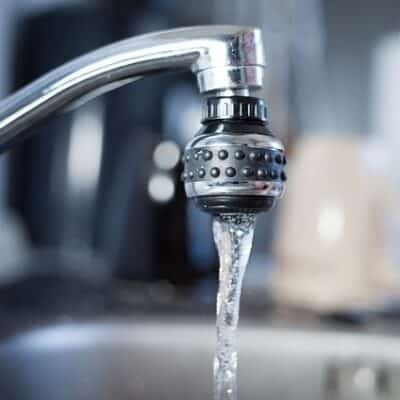
Running your storage container under warm water will help to thaw your breastmilk.
Ways to reduce thawing time
The larger the block of milk that needs to thaw, the longer it will take to defrost as it has to warm through to the centre.
Storing milk in smaller lots will speed up the thawing process. Alternatively, using flatter wider breast milk storage containers will also help to decrease thawing time. Nanobebe have flat, quick to thaw breastmilk storage bags that are ideal for this.
Warming your expressed milk safely
Warming breastmilk without scolding it can be tricky. The recommended way is to place the bottle of expressed milk into a jug or container filled with warm, not hot, water. From time to time, swirl the milk to distribute the heat evenly. This process can take around 20 minutes to heat a bottle, so planning ahead is essential.
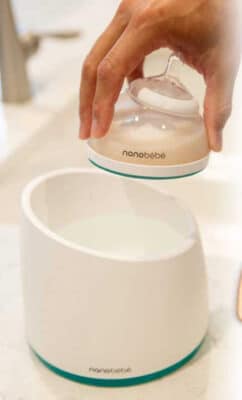
Using a bottle warmer
An alternative to heating in warm water is to use a bottle warmer. It is essential that you select a bottle warmer that has temperature controls so you don’t overheat the milk. Breastmilk will start to lose nutrients when it reaches 55 C, so selecting one that heats up to around 50 C is best. Breastfed babies are used to consuming breastmilk at 37 C, body temperature, so ultimately that is the hottest it needs to be.
jiffi Home Bottle Warmer warms your breastmilk in around 2 minutes without the chance of overheating it.
The jiffi bottle warmer heats to a number of set temperatures – 37C, 40C, 45C and 50C. Once it has reached the set temperature, it stops heating and maintains the temperature until you are ready to use it. There is no chance of over heating your milk.
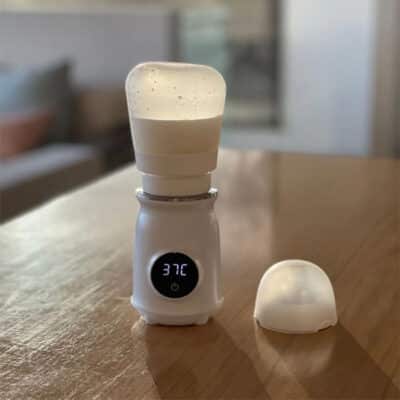
jiffi Portable Bottle Warmer suitable for expressed milk and formula
Breastmilk should never be thawed or heating in the microwave as this will make the nutrients deteriorate quickly. Water used to heat your bottle of expressed milk could be heated in the microwave if you have no other method to heat your milk.
Read our article on safely storing expressed milk for more information on milk storage.








